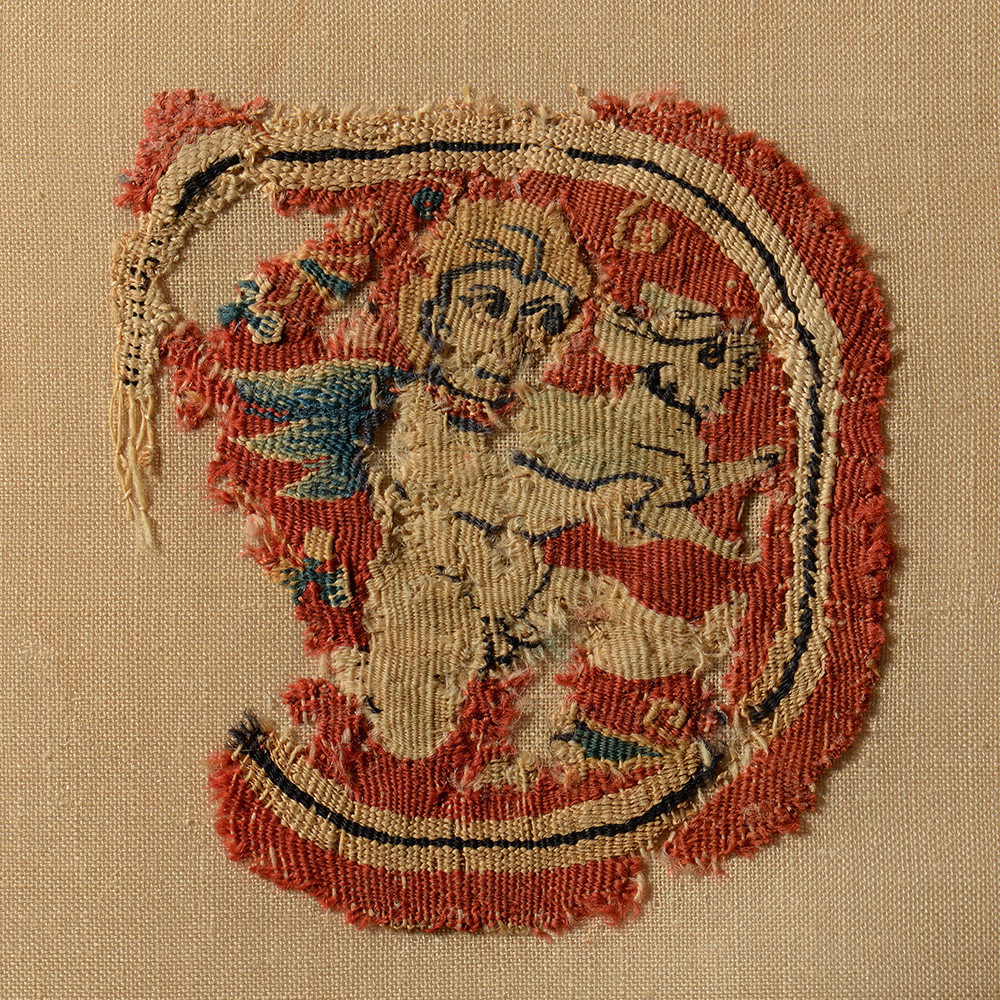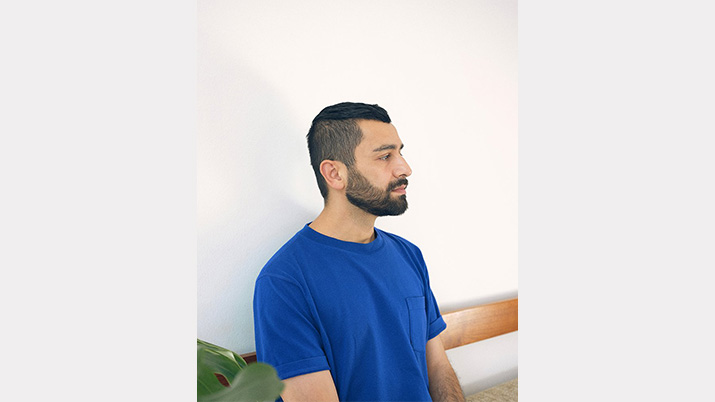

2019 Winter Term 2 (Tuesdays/Thursdays, 9:30–11:00), with Dr. Georgios Makris
The early Middle Ages, the period between A.D. 300 and 1000, was a time of profound change marked by events such as the fall of the Roman empire, the rise of Christianity, the emergence and expansion of Islam, the foundation of Constantinople (modern Istanbul), and the establishment of the Carolingian monarchy. This course considers how monuments and sites, sculpture and painting, architecture, icons and textiles gave shape to and were affected by the social, political and cultural transformations witnessed by the early medieval world. It is important to emphasize that this course sets the notion of western Europe against a far wider and multi-layered geographic background stretching from Scandinavia to North Africa and from Ireland to the Middle East. Altogether, casting a wide geographical net will help us to re-evaluate the idea of the medieval frontier and explore the images of individuals or groups that were widely regarded as ethnic, social, or cultural outsiders to the dominant communities of the Latin West. In examining works of art across a vast and complex landscape, the class records the diverse experiences of early medieval societies.
ARTH 311 counts toward Faculty of Arts upper-level credit, either as general elective or toward the Art History or Visual Art major and minor.
No prerequisite.
Image: Roundel (Orbiculus); Attribution: Egypt, 4th–10th c.; Accession number: BZ.1953.2.36e; Tapestry weave in polychrome wool and undyed linen; Dumbarton Oaks Research Library and Collection, Washington, DC.


